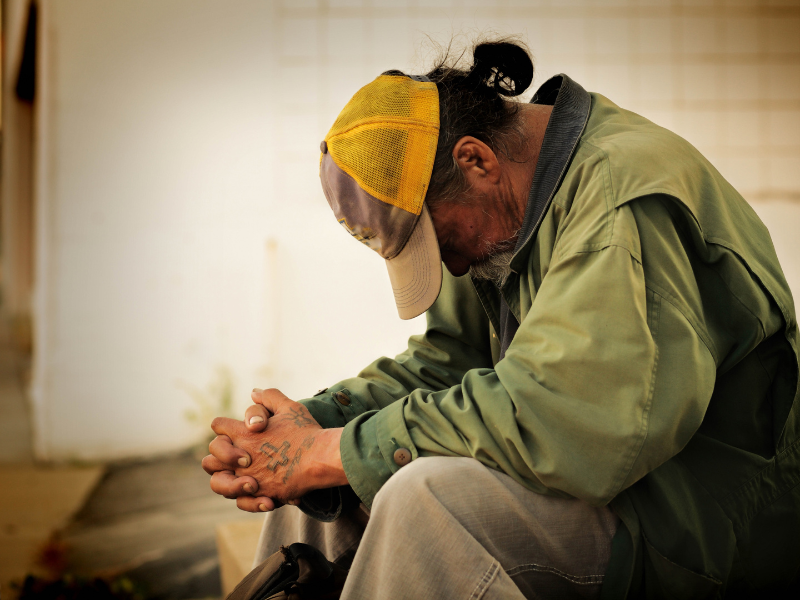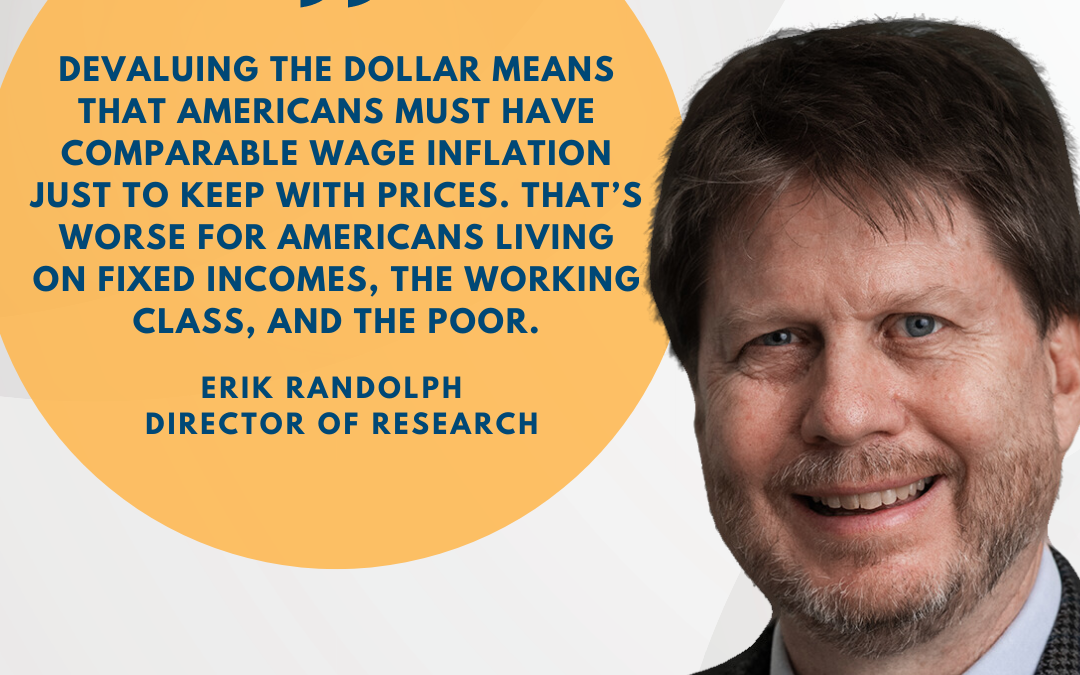Below is an opinion column by Buzz Brockway:
The April unemployment report shows that job opportunities remain at historic highs across the country. In fact, the report came in better than expected at a 3.4% unemployment rate, exceeding expectations for the resilience and strength of the labor market.
In this environment, no work-capable person should be without a job. But the sad reality is that the very safety net system created to help people who are struggling is the same one contributing to keeping them mired in generational poverty. I’m talking about America’s social-safety net system.
As it stands, our nation’s welfare system is a fragmented hodgepodge of programs. The dozens of programs that make up “the system” have different and, at times, competing goals, inconsistent rules, and overlapping groups of recipients.
The complicated nature of welfare is more than a nuisance. For recipients, it’s a detrimental barrier to advancing to a better life. The scenario in signing up for welfare benefits is confusing at best. Even if people do find the right office, they must resubmit the same information multiple times, and often eligibility is determined by conflicting rules. Would-be recipients may end up with multiple plans and multiple caseworkers.
Ultimately, every hour someone spends navigating the safety-net system is an hour they aren’t spending looking for ways to escape it.
Adding to the confusion, there is often a disconnect between safety-net programs and welfare-to-work initiatives. This keeps people stuck in poverty. The safety net is essential for catching those who are falling, but it isn’t a destination. Although this truth is often politicized and used to advance a certain agenda, the vast majority of Americans recognize that work is the best way to escape poverty. It should be our goal to remove every barrier to a life of thriving, and that includes obstacles to work.
The path into poverty is deeply individual, and so reforms are needed for a more holistic approach. Streamlining the safety-net process is mandatory to avoid conflicting rules and inconsistent treatment of people between programs. A big part of this is consolidating and combining programs that serve the same families. For individuals, this will eliminate the need to go to multiple agencies for help. It will also mean that welfare recipients will be connected straight to work programs, setting a foundation to free them from generational poverty.
Is there an example of success in this arena? Thankfully, the answer is a resounding yes. We should look to Utah as an example of a state in the nation that is leading the way.
Utah’s “one door” policy has integrated human services with workforce services and provides citizens with a single program to work through. Welfare becomes work support, and people have a clear path to get the help they need while receiving education, training, and other support to find employment. On the fiscal front, the state also integrates federal and state funds using a unique cost model that has proven highly effective.











